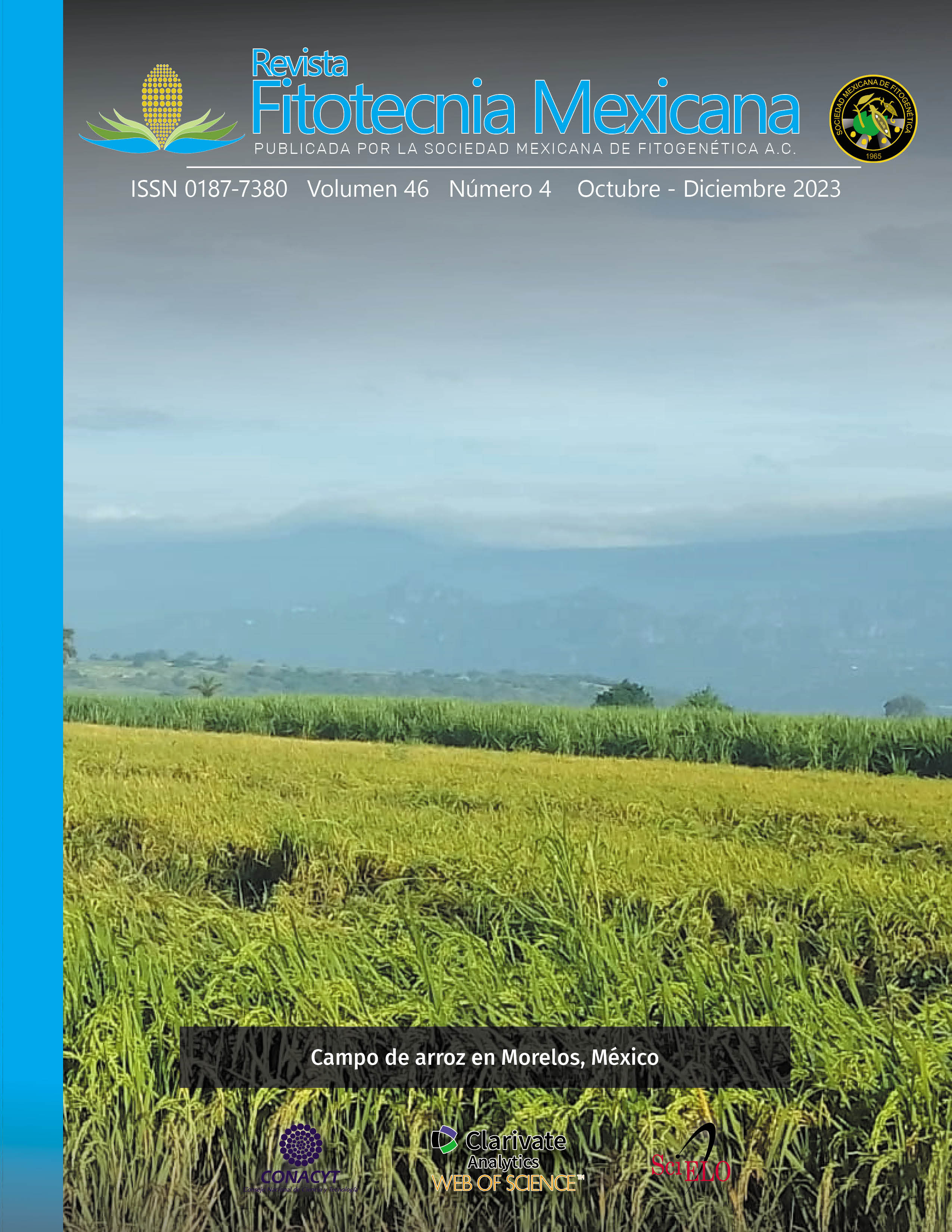PRODUCTIVE AND NUTRIMENTAL EVALUATION OF BROCCOLI SPROUTS GROWN WITH ARTIFICIAL LIGHT
Main Article Content
Abstract
The use of LED light (light emitting diode) in alternative agricultural systems, such as production rooms, promotes various physiological responses in crops, which generates optimal yields with lower environmental impact and promotes sustainable productive development in cities. This research aimed to analyze the effect of white (400-700 nm) (T1) and violet LED light (380-420 nm) (T2) on physiological traits of broccoli (Brassica oleracea L. var. italica) sprouts in growth rooms during Summer and Fall under controlled conditions of humidity and temperature. Treatments were exposed to LED light for 14 hours for six days. Germination units, stem length, leaf development, physical appearance of leaves and Ca, K, vitamin C, β-carotene and protein content were evalauted. The statistical analysis was based on the Student t test (P ≤ 0.05) and the non-parametric Mann-Whitney U test. The results showed average values of live sprouts for T1 of 1.60 and 3.59 for T2; stem length, 8.52 cm with T1 and 5.53 cm with T2; low and medium visual quality for T1 and high quality for T2, as well as average contents of Ca, K, vitamin C, β-carotene and proteins of 0.0464, 0.631, 0.1529, 0.9781 mg g-1 and 3.77 % for T1, respectively; and 0.0563, 0.7665, 0.1744, 0.1064 mg g-1 and 4.45 % for T2, respectively. It was concluded that T2 favored the nutritional content, the physical appearance of leaves, and the survival percentage, which

